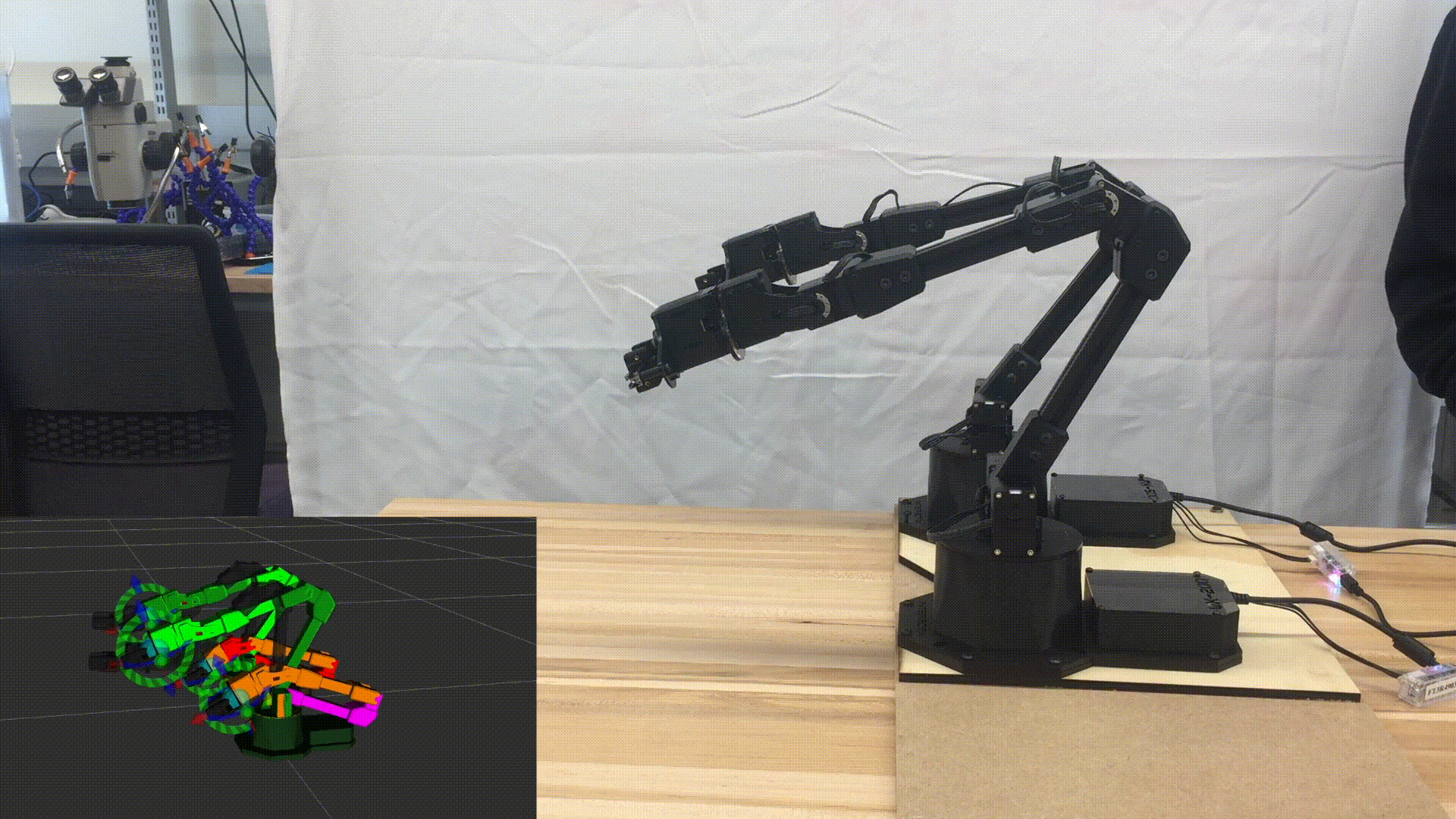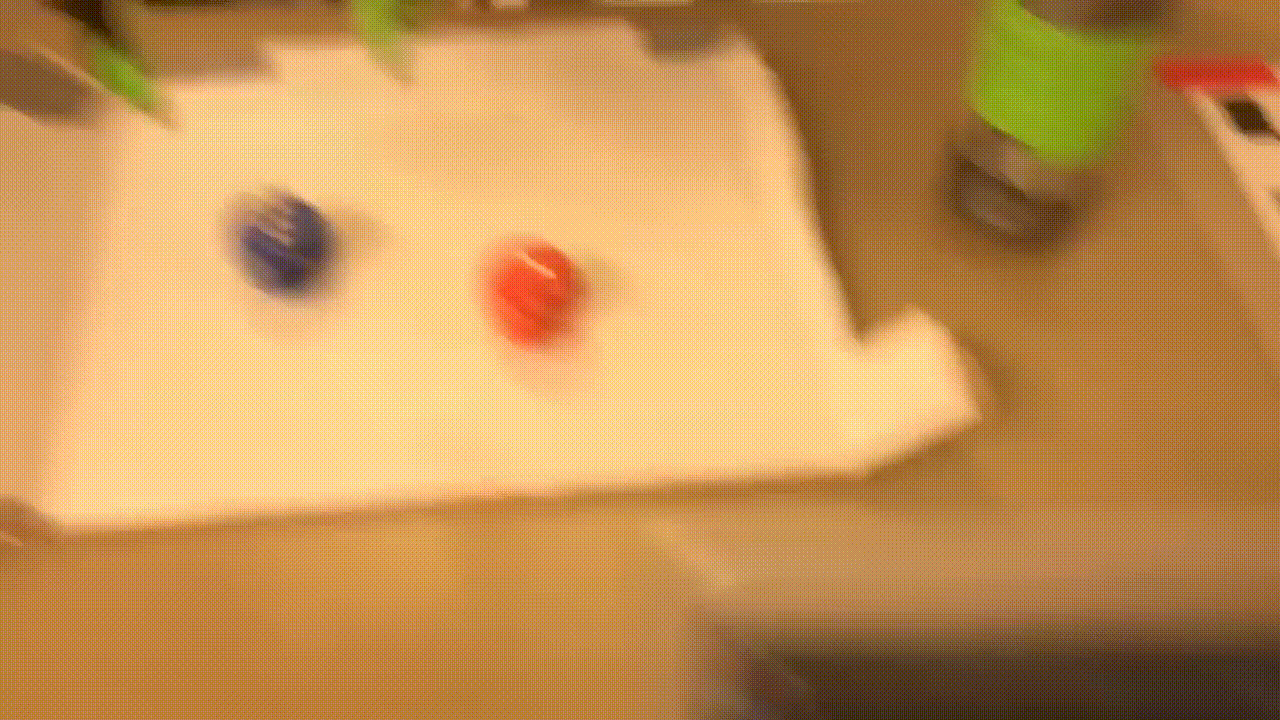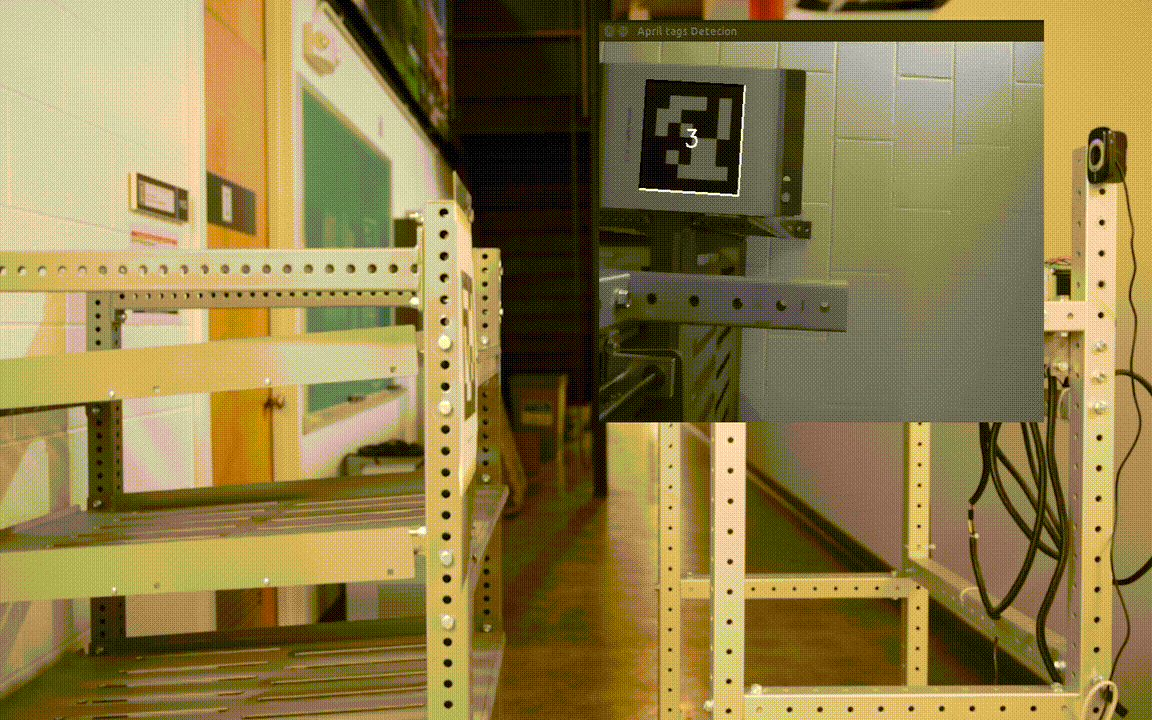Projects
Flexible Dual-Arm Manipulation System for Experimental and Adaptive Tasks

For this project, I designed and implemented a motion planning and control interface for a compact, dual-arm desktop robot used in animal test subject experiments. The work was conducted in collaboration with the Sensory and Neural Systems Engineering Group and involved integrating two WidowX 200 robotic arms into a unified control framework fully compatible with ROS.
The system allows users to generate sequences of coordinated dual-arm poses with both end-effector and joint-level constraints, enabling the precise presentation of stimuli to rodents while avoiding inter-arm collisions. A “zero-gravity” mode was implemented to allow users to manually position the arms and save custom poses for later use.
I developed the motion planning infrastructure in C++ and provided a complementary Python API to support flexible interfacing and scripting. This system was also used as an experimental platform for a robot learning to bend a flexible wire into a functional tool to accomplish a downstream task.
Associated Publications
Automatic Tool Design for Robotic Caging with Flexible Wires
Jake Ketchum*, Joel Meyer*, and Todd D. Murphey
Robotics: Science and Systems, Workshop: The Science of Bumping Into Things, Jul 2022.
* denotes equal contribution.
Teaching Baxter to Play Yahtzee: Vision, Planning, and Physical Interaction

For this project, our team enabled a Baxter robot to play a full game of Yahtzee against a human opponent. We implemented a graph-based object detection algorithm to robustly identify and localize dice on a playing surface in real time. This perception system was integrated with a motion planning framework that allowed the robot to accurately grasp individual dice and transport them to a nearby cup.
Once the dice were collected, Baxter executed a coordinated sequence of arm and gripper motions to lift the cup, shake it, and roll the dice back onto the playing surface—reliably completing the physical game cycle without human intervention. The project demonstrated the integration of perception, planning, and manipulation in an interactive, multi-step task.
Team members: Feiyu Chen, Vikas Gupta, Zhicheng Zhang, Milli Schlafly.
Autonomous Bin Handling Robot for Warehouse Automation

For this project, my team and I developed a mobile robotic cart designed to autonomously transport bins throughout warehouse environments. This project was conducted in collaboration with John Deere as part of their broader effort to modernize and automate their warehouse operations.
We implemented an AprilTag-based visual detection system to estimate the distance between the robot and designated drop-off shelves. To ensure precise delivery, we designed a custom bin-ejection mechanism using a linear servo and a combined stepper motor and lead screw system, enabling the cart to accurately push bins onto shelves at the correct position. Additionally, we engineered an electronic gating system to securely retain the bins during transport, preventing displacement while the robot was in motion.
Team members: Zixu Zhang, Krishna Jayaraj, Jiaxi Wen, Taehyun Park.
